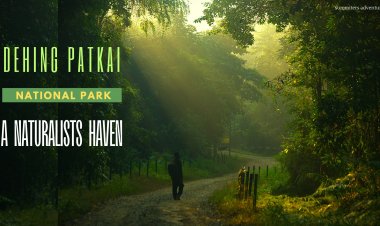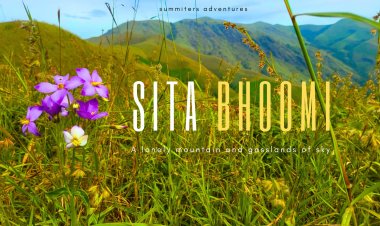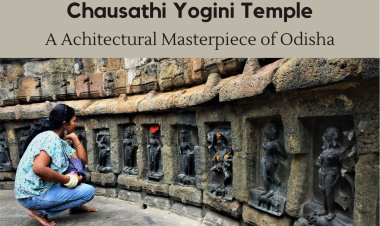A Day Hike to Tigers Nest Gompa - Bhutan
Among the Popular places to visit during a visit to Paro, in Bhutan is the Tigers nest known as Paro Taktshang.A place revered as a temple and a monastery. A Place that looks like it came from a fantasy novel. The climb is itself a unique experience. The mountainous cliff-top temple, flora–fauna, mist covered valleys will enhance the sense of spirituality and history.
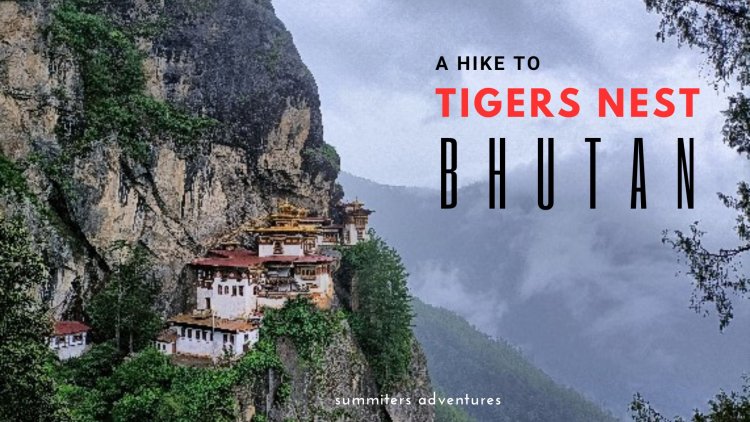
We started early from Paro with a packed breakfast from the hotel and we reached the starting point of the hike located about 11 km from Paro city. The serpentine drive itself was quite spectacular and refreshing with the pretty Paro Chhu river for company meandering along the road. We were heading to the popular trekking trail = Tiger’s Nest Monastery. Which is one of the highlights of all tourist brochures and must-visit places in Bhutan.
Perched at an altitude of 3120 m, at first glance, the Tiger’s Nest Monastery appears like a white fortress, difficult to access The whole structure seems like it is precariously clinging to the cliff and gives an illusion of whether it is possible to reach and return back in a day. Is it an illusion or the monastery does exist in reality!. Is the question that crops up in my mind!
The Tiger’s Nest Monastery is said to have originally been founded in the eighth century by Buddhist saint Padmasambhava also known as Guru Rinpoche. Guru Padmasambhava is believed to have arrived at Tiger’s Nest from Tibet, on the back of a flying tiger. Here, he meditated in a cave on the cliff before he set out to convert Bhutan and nearby regions in the Himalayas to Buddhism. In 1692, a temple was built at the site known locally as the Taktsang Lakhang or more popularly Tiger’s Nest Monastery.
At the parking lot, a signboard directs us to purchase an entry ticket of 1000 Nu (Bhutanese currency Ngultrum equivalent to INR) to be paid by Indian Nationals.
Our guides, including naturalist Tashi too accompanied us for the hike and added that the trek distance is about 11 km up and down. To gain entry to Monastery, tickets are to be purchased in advance at the base only. The trail. takes easily 5 to 6 hours on average.
The path to the Gompa is well-marked and one can climb at leisure. There is no fear of getting lost.
As we reached the plainland, we could hear and see a flock of White-throated laughing thrush flying from tree to tree, while calling and giving high whistles foraging close to and on the ground. They seemed carefree, we were fortunate to see them and capture the moments closely.

The hike seemed reasonably pleasant at a slow pace as most of it goes through the forest and the whole stretch was foggy. There are sweeping views of the valley below. As it had rained the previous night the greenery is eye-catching. I could red and pink blooms of Rhododendron arboreum swaying to the blowing wind.
At the start of the trail; along the way, we encounter a few shrines that have a rotating mane prayer wheel and a bell run by a flowing waterfall
After trekking for an hour or so, we reach an open area with rows of fortune flags swaying across trees. Along the trail, there are benches to sit on and shelters to rest for visitors and hikers, we a few monks coming down.
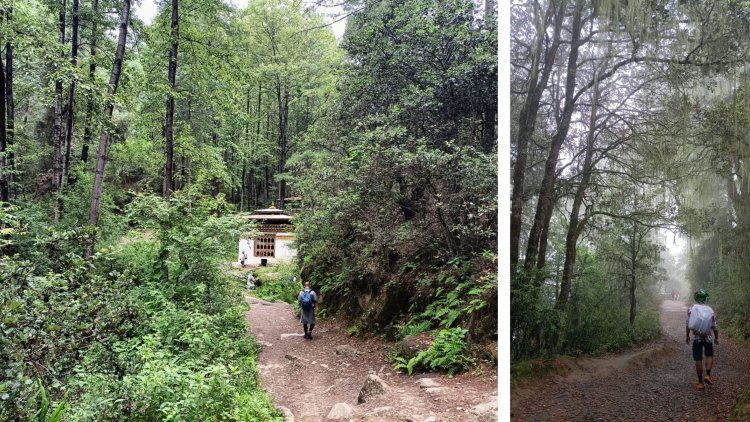
We could hear the calls of numerous birds and waterfalls even before the halfway point of the trek. After walking halfway we reach Taktsang Cafeteria. It is a resting place and cafe, serving as a vantage point, with a nice view of the Tiger Nest.

We finished breakfast here as it rained for a while viewing the Tiger’s Nest Monastery while the clouds continue playing hide and seek. We could spot Red-billed blue magpie, Oriental turtle dove, or Rufous turtle dove
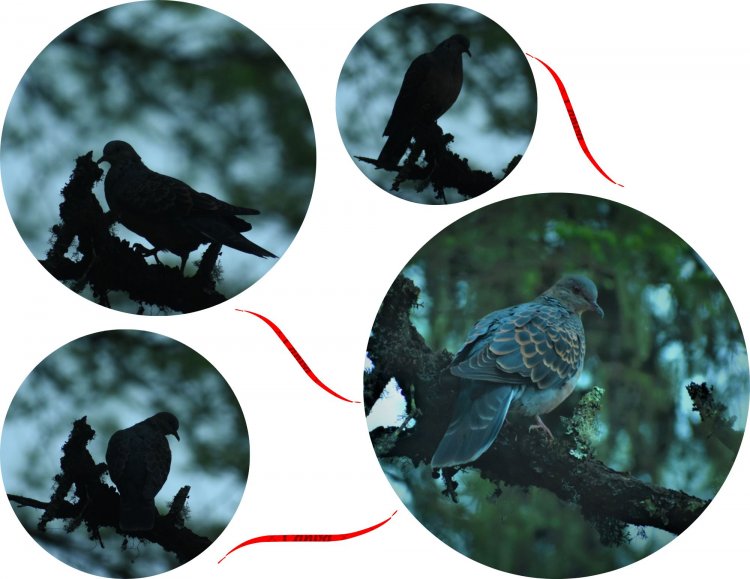
A few flowers in the thickets drew my attention as usual, Potentillas, Lyonia ovalifolia, Torch lily and Jasminium Humile.......

Just after that, there are a number of stairs heading downward and upward to a shrine set in a cave to the left.
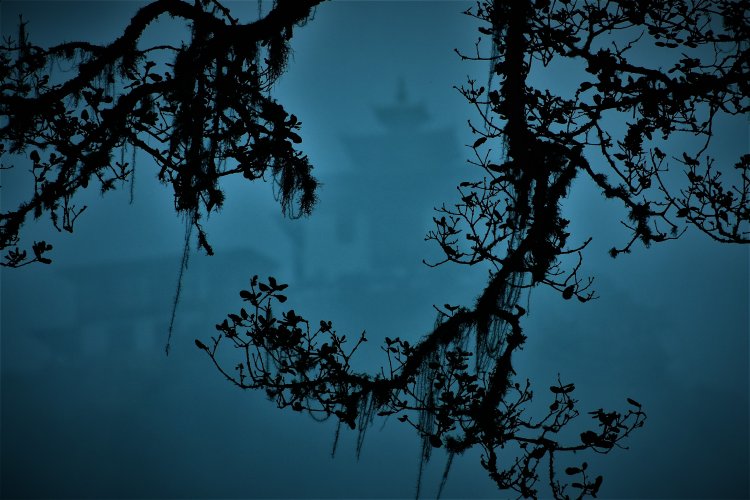
That it is the most difficult to acquire, how shall I say? the ' depth ' of the subject in composition in Silhouette
For your information
1. There’s a compulsory 1000 Nu entry fee to be paid by Indian Nationals if you are entering the temple. If you want to just hike to Gompa, there is no need to pay money.








